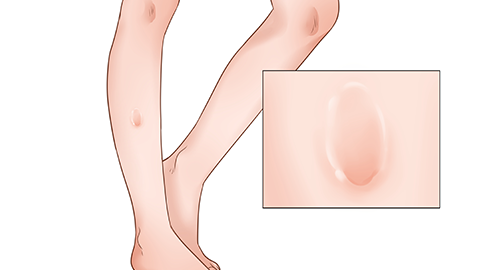Is the whitening of the skin after pressing the calf related to edema?
Generally, whether blanching after pressing the lower leg is related to edema mainly depends on whether it is accompanied by other uncomfortable symptoms. If there are other appearance changes such as leg swelling and tightness of the skin, and the white mark disappears slowly, it may be related to edema. However, if there are no accompanying symptoms and the white mark disappears quickly, it is unrelated to edema. Should discomfort occur, timely medical attention is recommended. A detailed explanation is as follows:

When there is edema in the lower leg, pressing causes the edematous fluid in the subcutaneous tissue to disperse outward, creating an indentation. Simultaneously, the compressed area turns white due to localized ischemia. In such cases, the white mark typically fades slowly and is accompanied by visible changes in the leg's appearance, such as noticeable swelling, shiny, and tight-looking skin. Under these circumstances, blanching after pressing the lower leg is closely related to edema.
In normal conditions, pressing the skin of the lower leg temporarily blocks local blood circulation, causing the compressed area to become ischemic and appear pale. Once the pressure is released, blood flow quickly resumes and the skin color returns to normal. This is a normal physiological phenomenon and is unrelated to edema.
Routinely maintaining moderate physical activity can promote blood circulation in the lower limbs and reduce the occurrence of edema. At the same time, avoid standing or sitting for prolonged periods to minimize the risk of venous congestion in the lower limbs.




